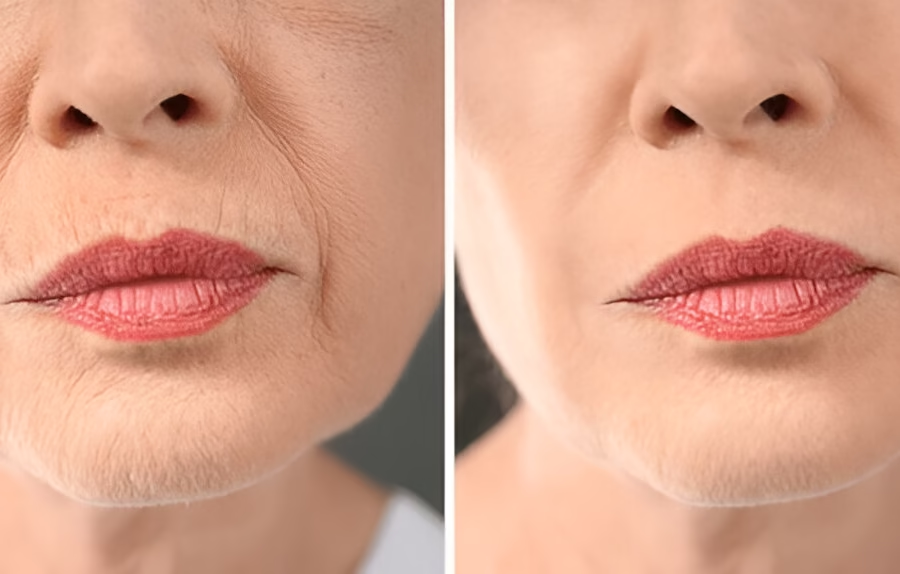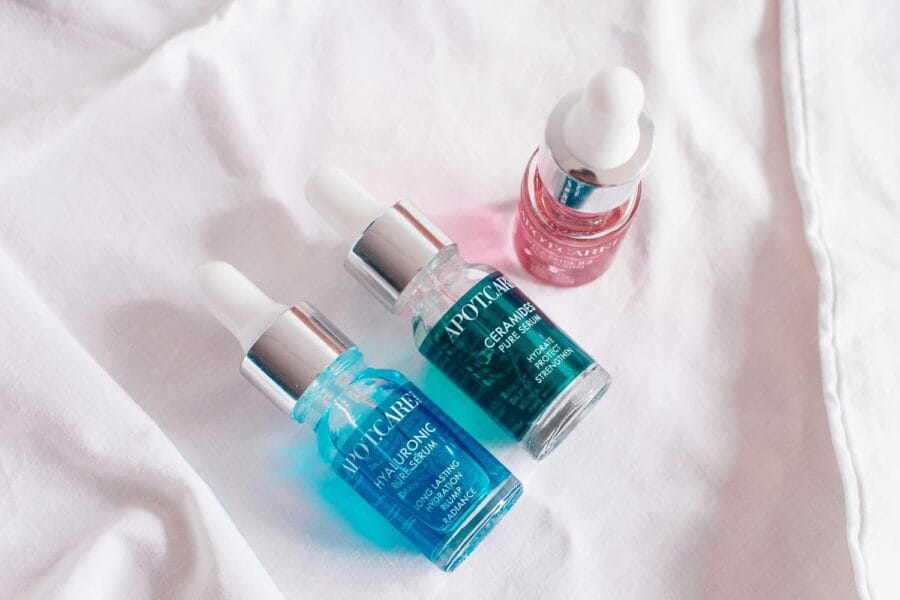Acne can be a stubborn skin concern, but salicylic acid has been a trusted solution for years. If you’ve seen it listed in your skincare products and wondered what makes it so special, you’re not alone! This beta hydroxy acid (BHA) is a superstar when it comes to clearing breakouts and keeping your skin healthy. Ready to uncover the secrets of salicylic acid? Let’s dive in!
In This Article
- What Is Salicylic Acid?
- How Does Salicylic Acid Work on Acne?
- Benefits of Salicylic Acid for Acne-Prone Skin
- How to Use Salicylic Acid Safely
- Common Myths About Salicylic Acid
- Who Should Avoid Salicylic Acid?
- Tips for Pairing Salicylic Acid with Other Skincare Products
- Ammore Pro Tip
- Final Thoughts
What Is Salicylic Acid?
Salicylic acid is a beta hydroxy acid (BHA) derived from willow bark. Unlike alpha hydroxy acids (AHAs), which exfoliate the surface of your skin, salicylic acid goes deeper, targeting clogged pores. It’s oil-soluble, making it perfect for oily and acne-prone skin.
How Does Salicylic Acid Work on Acne?
Salicylic acid tackles acne in three powerful ways:
- Exfoliates Dead Skin Cells: It dissolves the bonds between dead skin cells, preventing clogged pores.
- Clears Oil and Dirt: Its oil-soluble nature allows it to penetrate your pores, flushing out impurities.
- Reduces Inflammation: Salicylic acid soothes redness and calms inflamed pimples, helping your skin heal faster.
Benefits of Salicylic Acid for Acne-Prone Skin
- Prevents Breakouts: Regular use keeps pores clear, reducing the chance of future acne.
- Minimizes Blackheads and Whiteheads: It’s particularly effective for non-inflammatory acne-like blackheads.
- Improves Skin Texture: By gently exfoliating, it smooths rough patches and brightens your complexion.
- Combats Excess Oil: Salicylic acid regulates sebum production, keeping your skin balanced.
How to Use Salicylic Acid Safely
To get the best results without irritation, follow these tips:
- Start Slow: Use products with 0.5–2% salicylic acid and apply every other day to let your skin adjust.
- Patch Test First: Apply a small amount to your forearm to check for sensitivity before using it on your face.
- Moisturize Well: Salicylic acid can be drying, so pair it with a hydrating moisturizer.
- Use Sunscreen: It can make your skin more sensitive to the sun, so SPF is a must!
Common Myths About Salicylic Acid
Myth 1: It makes your skin worse before it gets better.
Truth: While some purging is normal, salicylic acid should not cause long-term irritation or worsening acne.
Myth 2: It’s only for oily skin.
Truth: Salicylic acid works for all skin types when used correctly, but it’s especially helpful for oily or acne-prone skin.
Myth 3: Higher concentrations are better.
Truth: More isn’t always better! Overusing salicylic acid can irritate your skin and disrupt your barrier.
Who Should Avoid Salicylic Acid?
Salicylic acid isn’t for everyone. You might want to skip it if:
- You have extremely dry or sensitive skin.
- You’re pregnant or breastfeeding (consult a dermatologist first).
- You’re using strong exfoliants like retinoids or AHAs, as it might cause over-exfoliation.
Tips for Pairing Salicylic Acid with Other Skincare Products
- Don’t Mix with Strong Exfoliants: Avoid pairing it with products containing AHAs or retinoids on the same day.
- Combine with Hydrating Ingredients: Look for products with hyaluronic acid to keep your skin balanced.
- Layer Correctly: Apply salicylic acid after cleansing but before heavier treatments or moisturizers.

Ammore Pro Tip
For clear, glowing skin, use salicylic acid in moderation and always moisturize afterward to keep your skin barrier happy.
Final Thoughts
Salicylic acid is a game-changer for anyone battling acne, thanks to its ability to unclog pores, reduce oiliness, and calm inflammation. By incorporating it into your skincare routine and using it mindfully, you can achieve a smoother, clearer complexion.
For more skincare tips and product recommendations, check out this ultimate skincare guide and how to build a beginner-friendly routine.
Have questions about how to use salicylic acid or which products to try? Drop them in the comments—I’m here to help!





